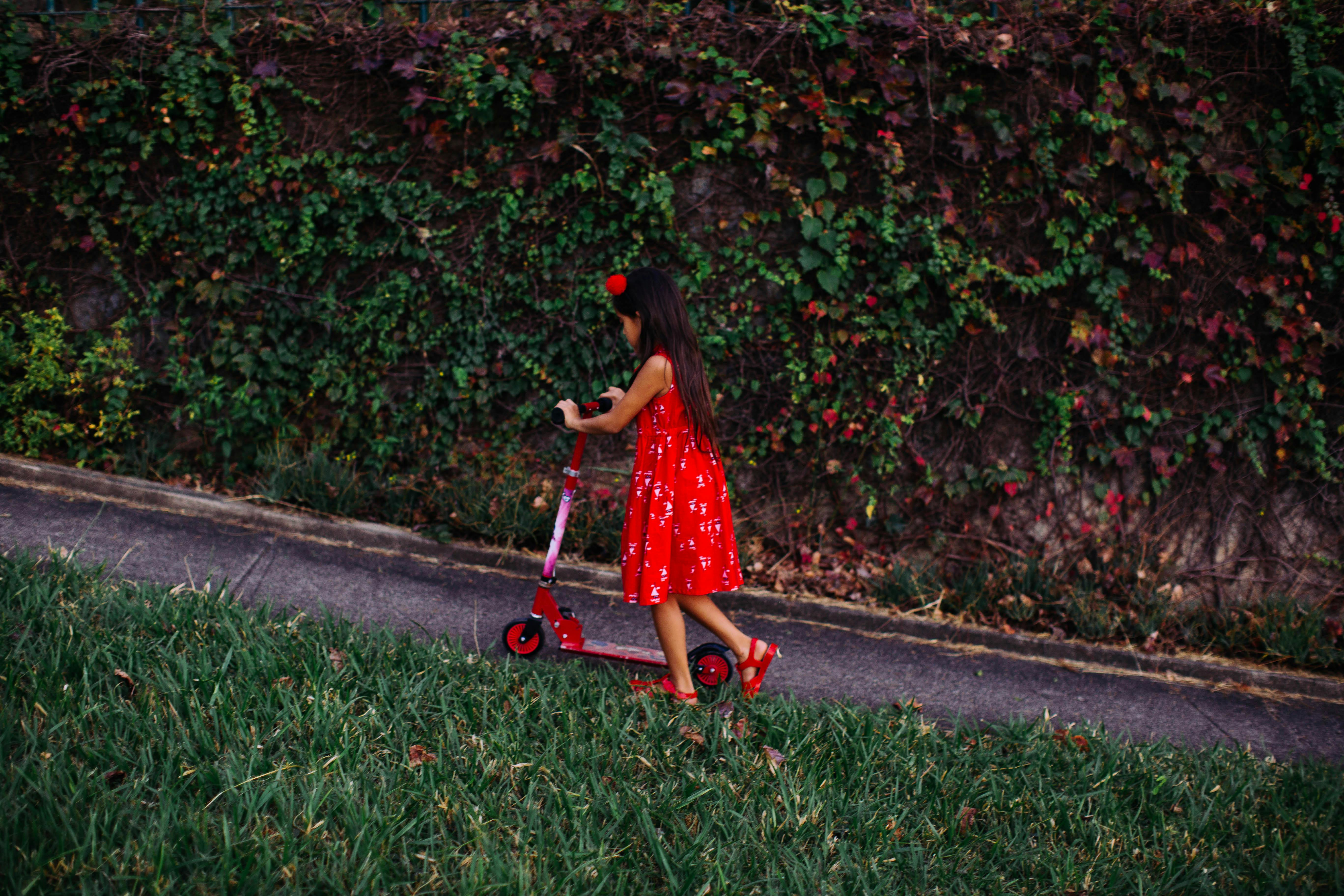Babies and Young Children: Choking Hazards

After your child leaves his pureed baby food, he will have more adult textures. With a rapidly growing tooth supplement, they are ready to enter a whole new world of eating experiences. Even at this time, there are still some foods that should stay out of your toddler’s reach because they can pose a choking hazard.
There may be several factors combined to make your child more likely to choke on food than older children and adults. Even once they have a full set, their chewing and swallowing are still immature; they are also very likely to swallow food when they are eager to play again. Sometimes they lean to eat while running.
To minimize choking hazards, you should keep the following foods out of your toddler’s reach, with a few exceptions: hot dogs, unless you cut lengthwise before cutting crosswise. Hard candies and marshmallows, nuts (especially peanuts), grapes, and cherries, unless you remove the skin and seeds to reduce risk. Firm biscuits or biscuits; you must choose the varieties that melt in your mouth. Raw whole carrots, unless sliced, same with apples. Other foods that have a high risk of choking include popcorn, scooped peanut butter, beans and chickpeas (unless crushed), raw celery, and hard raisins.
You can further reduce the risk of choking by insisting that your child eat sitting up. Eating while running and even walking, playing, lying down, or semi-reclined can present a choking hazard. Since almost any food, including breads and pasta, can cause choking; all young children should be supervised while eating. You should prohibit your child from eating any food that could choke while in the car, especially if there is no adult present, other than the driver, who could possibly handle a choking incident. You need to be very careful when you have applied teething gel to numb your gums. Until the anesthetic effects wear off, your child will not be able to chew normally: therefore only soft foods should be offered. Talking or laughing with a full mouth should also be discouraged. This rule will be easier to enforce if all family members follow it.
Even with these precautions, a young child can have a choking problem. If your child is still coughing, breathing, and crying, it shouldn’t interfere; however, if you have been coughing forcefully for more than two to three minutes, you should call 911. If you are silent and have difficulty breathing, then it is time to begin rescue efforts.
First, if someone else is with you, ask them to call 911 for medical assistance. Call 911 also if you are not familiar with rescue procedures, you should have them on the line even if you are familiar with the procedure in case something happens. If your child is awake, kneel behind him and wrap his arms around his waist. Make a fist with one hand and place your thumb down in the center of the body, slightly above the navel and well below the rib cage. Grasp the positioned fist with the other hand and press it against your child’s abdomen with a quick push in and up. Each of these thrusts must be a distinct and separate movement. Repeat this up to five times or when the object is expelled and your child is breathing normally.